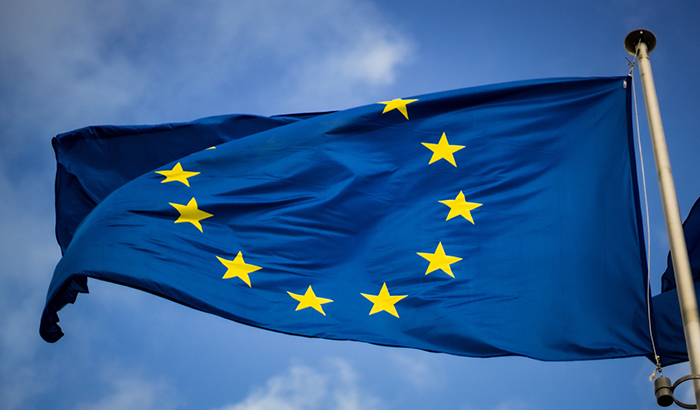As the blueprint for change, The European Green Deal strives for a sustainable transformation of Europe to obtain the status of the first climate-neutral continent[1], which is put into practice through the European Climate Law (ECL).[2]
Since the ECL requires all EU policies to contribute to the achievement of the EU Green Deal objectives, the European Commission is reviewing current EU law to assure the loyalty towards EU pollution-reduction targets. This crucial environmental change will be led primarily by the Fit-for-55 Package.
Introduction
As mentioned in the first article on the subject, the Fit-for-55 Package firstly encompasses proposals to review and amend existing EU legislation. In addition, the Commission has also presented four proposals on new legislation dealing with regulating emissions outside of the EU, greener fuels in transportation and the creation of a Social Climate Fund.
A Review of the Proposals for New EU Legislation
For this purpose, the objective of the Carbon Border Adjustment Mechanism (CBAM) Regulation would, as much as possible, be to avoid carbon leakage in sectors consisting of cement, aluminium, iron and steel, as well as fertilisers and electric energy production. It would encourage neighbouring countries, whether they form part of the EU or otherwise, to establish carbon pricing policies to fight climate change and to prevent any relocation of the production or import of such carbon-intensive products.
This would necessitate a relocation of emissions production to non-EU countries, and in this approach, EU emissions reduction efforts are not trampled by the increase of emissions in countries outside of the EU, which are less ambitious to guarantee a greener planet. CBAM will function side by side with the EU’s Emissions Trading System (EU ETS), by complementing its functioning on imported goods and it will eventually replace existing EU mechanisms that tackle carbon leakage, such as the free allocation of EU ETS allowances.
The subsequent set of new legislative proposals promote sustainability in the aviation and maritime sectors. First, the ReFuelEU Aviation regulation will aim to reduce the aviation sector’s environmental footprint by compelling fuel suppliers at EU airports, to increase the existing fuel share into a more sustainable one, creating a zero-emission aviation industry. By increasing both the demand for and supply of sustainable aviation fuels based on biofuels and electrofuels, (such as synthetic fuels), there would be a significant decrease in emissions from such industry, further aiding the EU to achieve its set climate targets.
Secondly is the FuelEU Maritime goal. Similar to the aviation sector, there is a great demand for the use of sustainable, renewable and low-carbon emitting fuels and zero-emission technologies in maritime transport, rather than relying almost fully on fossil fuels. This proposal would impose a maximum limit on the GHG content of the energy used by vessels entering or leaving EU ports. Ultimately, FuelEU Maritime hopes for a reduction in the GHG intensity of the energy used by ships by up to 75% by 2050.
The final legislative draft provided considers a new Social Climate Fund and it will seek to offer many support measures and investments for more vulnerable households and buildings, enterprises and transport users. The concept of vulnerability is centred around those EU citizens who are mostly affected by or at risk of energy or mobility poverty. Member States will develop national social climate plans to mitigate the costs for those most exposed to changes in the use of energy. The fund, which consists of €72.2 billion over seven years, will go towards the renovation of new eco-friendly buildings, an access to low or else a zero-emission mobility, direct income support, and protection of areas of high-biodiversity value, among others.
Concluding remarks
Therefore, besides the proposals made to some EU existing legislative texts, by combining this with added innovative rules, it is certain that the EU will be pushing its boundaries to assure that the goals on climate change which it originally sought out to achieve, will indeed be accomplished. This will not be possible without the efforts of all Member States.
In the third and final article, an overview on Malta’s current compliance with the EU Package will be examined, together with possible outcomes on how Malta can better fulfil the aims of the Fit-for-55. Essentially, can Malta really be Fit-for-55?
This article is second of a three-part series on the EU Fit-for-55 Package – A Clean Planet for All.
[1] Refer to Article 2 of the ECL (Regulation 2021/1119)
[2] Regulation (EU) 2021/1119 of the European Parliament and of the Council of 30 June 2021 establishing the framework for achieving climate neutrality and amending Regulations (EC) No 401/2009 and (EU) 2018/1999 (‘European Climate Law’) [ECL] establishes three principal goals – it creates a framework for the irreversible and gradual reduction of anthropogenic greenhouse gas emissions by sources and enhancement of removals by sinks regulated in Union law, it sets out the climate neutrality binding objective in the Union by 2050 in pursuit of the long-term temperature goal and sets out the target of a net domestic reduction in greenhouse gas emissions for 2030






